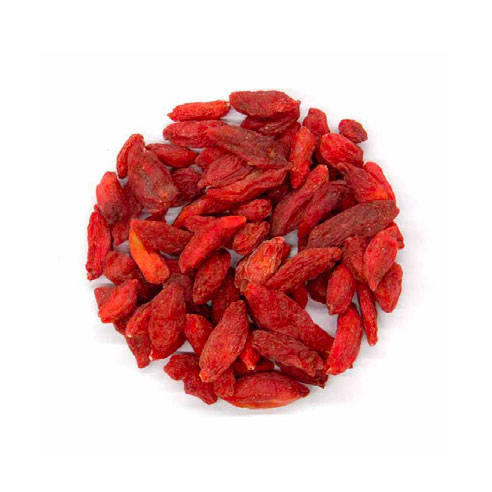Fermented ingredients

Fermentation
Fermentation is an anaerobial chemical process by which poly- and oligo-saccharides are converted to alcohols and carbon dioxide by a specific microorganism.
The term fermentation has been used by Louis Pasteur in the 19th century to describe the changes that yeasts and other microorganisms action brings to specific substrates in the absence of air (anaerobically); he also detected that, a part from ethyl alcohol and carbon dioxide, fermentation lead to the synthesis of other active molecules. This technique can be performend with different microorganism such as:
- Anaerobial non-pathogen bacteria (i.e, Lactobacilli spp, Staphylococcus spp. , E.coli)
- Yeasts (i.e. Saccharomyces boulardii)
- Mycetes (i.e. Monascus spp., Aspergillus spp.,...)
Hystory of zymology
Hystory of use of fermented food is ancient as human history.
First evidences of the use of fermented foods come from 7000 years ago in Babylon, where we find proffs of wine consumption, and from 5000 years ago in Egypt where they firtstly discover the use of yeast to rise farinaceous based foods.
In the past, the beneficial effects of fermented foods on health were unknown, and so people primarily used fermentation to preserve foods, enhance shelf life, and improve flavour. Fermented foods became an important part of the diet in many cultures, and over time fermentation has been associated with many health benefits. Because of this, the fermented food attracted scientific interest.
During fermentation, the bacteria synthesize vitamins and minerals, produce biologically active peptides with enzymes such as proteinase and peptidase, and remove some non-nutrients. These active compounds are also well known for their activity on health in different medical areas, such as (Sanlier et al, 2019)
First evidences of the use of fermented foods come from 7000 years ago in Babylon, where we find proffs of wine consumption, and from 5000 years ago in Egypt where they firtstly discover the use of yeast to rise farinaceous based foods.
In the past, the beneficial effects of fermented foods on health were unknown, and so people primarily used fermentation to preserve foods, enhance shelf life, and improve flavour. Fermented foods became an important part of the diet in many cultures, and over time fermentation has been associated with many health benefits. Because of this, the fermented food attracted scientific interest.
During fermentation, the bacteria synthesize vitamins and minerals, produce biologically active peptides with enzymes such as proteinase and peptidase, and remove some non-nutrients. These active compounds are also well known for their activity on health in different medical areas, such as (Sanlier et al, 2019)
Neurology
Gastroenterology
Allergy
Immunology
Anti-Aging
Sport (Energy)
Fermented ingredients advantages
- Improved taste
- Peculiar aroma
- Improved ingredients textures
- Better stability
- Better absorption
Papaya
(Carica papaya L.)
Papaya is well known for its strong antimicrobial, antioxidant and immunosti- mulant activities due to polysaccharides, in association with other substances present in the phytocomplex.
Thanks to fermentation, polysaccharides are cut down into simple sugars for a quicker absorption.
Indications:
Thanks to fermentation, polysaccharides are cut down into simple sugars for a quicker absorption.
Indications:
Immunology
Anti-Aging
Sport (Energy)
Gastroenterology
Pineapple
(Ananas comosus L.)
The peculiar component of the pineapple phytocomplex is bromelain, together with peroxidase, acid phosphatas and several protease inhibitors and antioxi- dant components, such as polyphenols and ascorbic acid that give to the extract a strong antioxidant, digestive and diuretic activity.
Thanks to fermentation, active molecules are modified for a quicker absorption.
Indications:
Thanks to fermentation, active molecules are modified for a quicker absorption.
Indications:
Anti-Aging
Sport (Energy)
Gastroenterology
Urology
Beauty (Cellulite)
Goji
(Licium barbarum L.)
Goji activities on human health are mostly due to the unique and peculiar substances contained in the berries, such as Lycium barbarum polysaccharides (LBP); however, the whole phytocomplex contains further substances that have well-known properties, in particular flavonoids and carotenoids.
This particular pool of molecules attaches to Goji activities as antioxidant (pro- tection from free radical damages in different tissues), tonic, adaptogenic.
Indications:
This particular pool of molecules attaches to Goji activities as antioxidant (pro- tection from free radical damages in different tissues), tonic, adaptogenic.
Indications:
